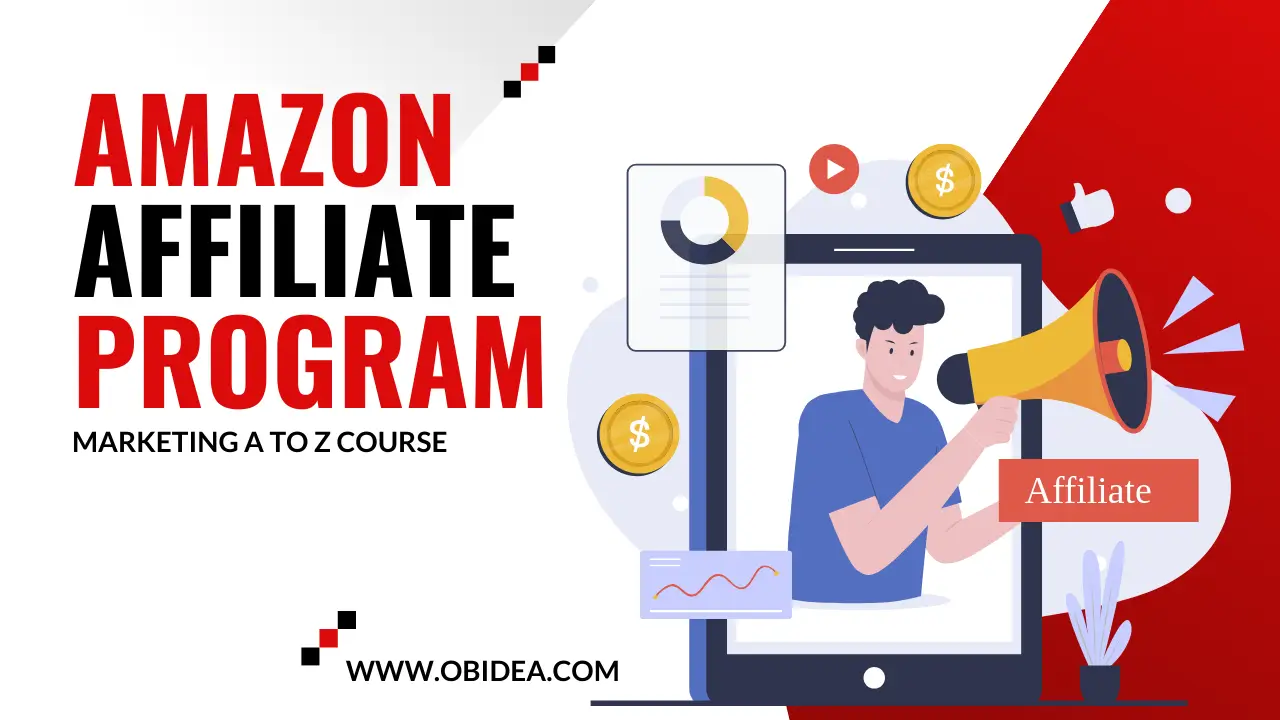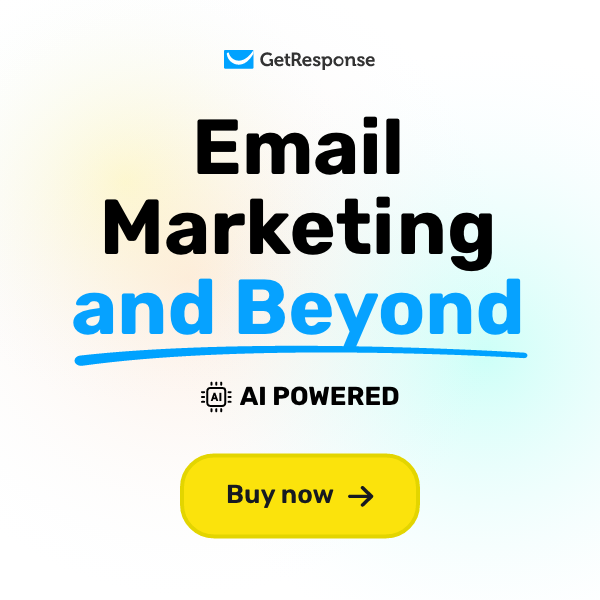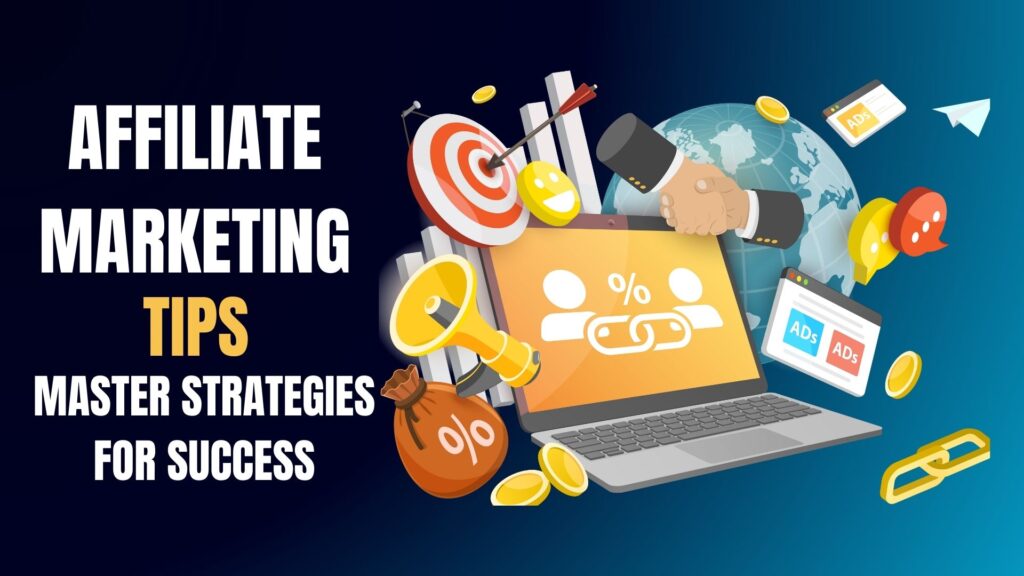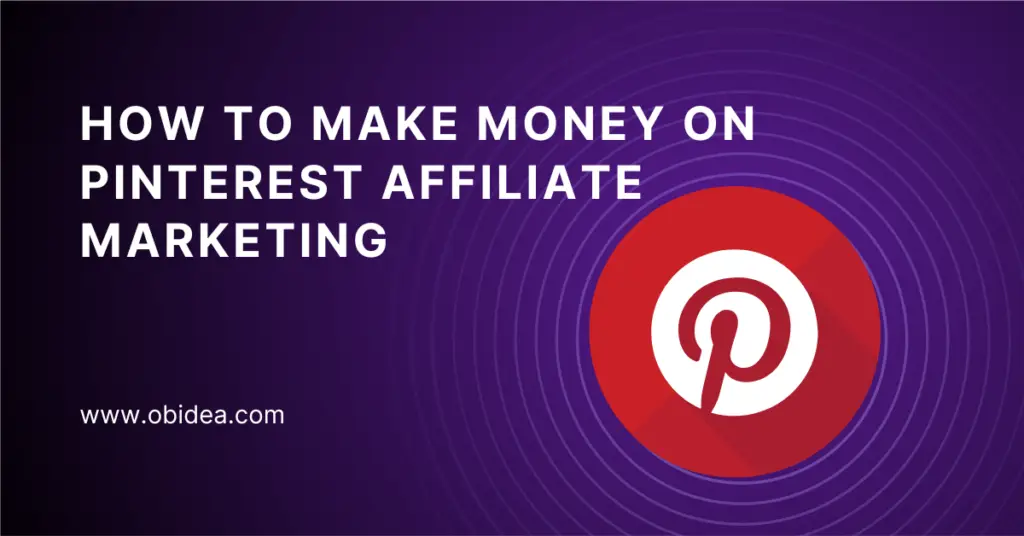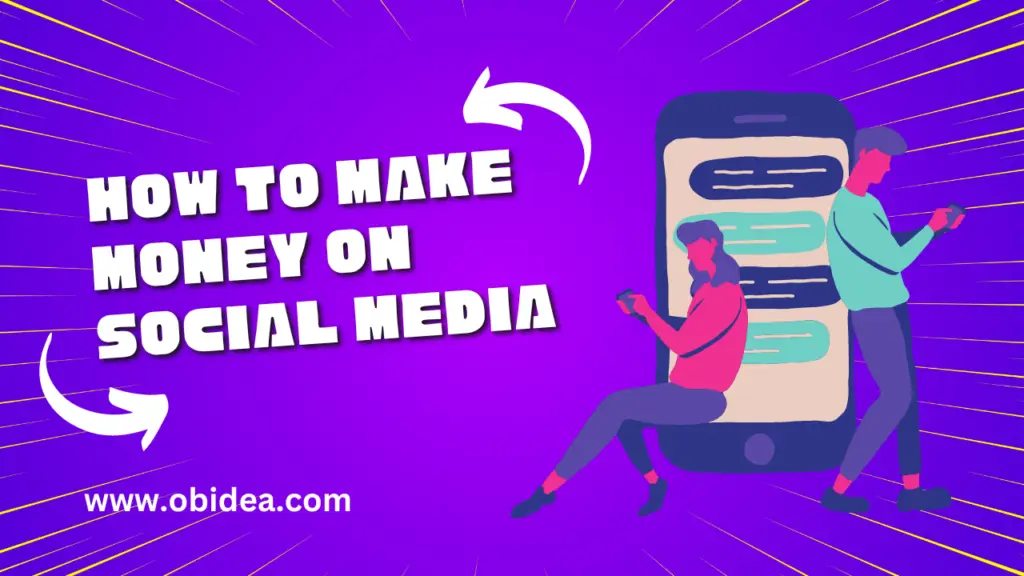With 45% of the affiliate network market, the Amazon Affiliate program, also known as Amazon Affiliates, assists bloggers, publishers, and content creators in making money from their visitors.
People also enjoy shopping on Amazon.com. 67% of those over the age of 18 enjoy utilizing the platform, according to research. Therefore, directing readers to Amazon products from your content may lead to higher conversion rates.
That’s intriguing. This tutorial, which includes selling advice and examples, will teach you how to become an Amazon affiliate right now.
What is the Amazon Associates program?
The Amazon Associates program allows website owners and content creators to earn commissions by promoting Amazon products to their audience. By simply adding links to relevant Amazon items, associates can start earning money for the traffic and sales they drive.
There are no upfront fees or long-term contracts to sign for the Associates program. Anyone with a website or social following can join instantly and begin promoting Amazon affiliate link. Best of all, you only pay a commission when your links actually result in purchases. If no sales are generated, you pay nothing.
The program provides an easy way to monetize an existing website or social following. Podcasters can mention recommended products, bloggers can link to useful tools and resources, e-commerce stores can drive incremental sales, and more. Associates keep 100% of the commissions on any sales that come from their links.
How much do Amazon Affiliate program make?
How much Amazon affiliates can make can vary significantly depending on several factors:
Commission rate
Amazon pays affiliates 4-10% commission on sales, depending on the product category. Higher commission products will obviously earn more. Things like books, digital products, and subscriptions typically pay higher rates.
Traffic and conversion rate
The more traffic affiliates can drive to Amazon product pages and the higher their conversion rate (percentage of visitors that buy), the more they’ll earn. Top earning affiliates may send Amazon 10,000-100,000+ visitors per month with 5%+ conversion rates.
Range and quality of products promoted
Promoting a wider range of relevant products, especially higher-commission ones, will result in higher earnings. Things like product roundups, gift guides, and resource lists tend to work well.
Use of tools and optimization
Using Amazon’s tools to gain more insights into top products, as well as implementing optimization techniques like product placement, influencer marketing, and email marketing can boost sales and earnings over time.
Time in the program
The longer an affiliate is promoting Amazon products, the more experience, connections, and brand recognition they can build around their affiliate links. Earnings often increase year over year for dedicated associates.
Special programs
Amazon periodically offers bonuses, openings, promotions, subsidies, and other special programs for affiliates. Taking advantage of these opportunities can provide a nice boost to earnings.
On average, most Amazon associates make $50 to $500 per month. Top earners make $3,000 to $10,000+ per month. Some examples of average and top earnings include:
- Bloggers: $50-500/month. Top earners make $5,000-10,000+/month.
- YouTubers: $200-2,000/month. Top YoutTube affiliates make $10,000+/month.
- Online course creators: $500-3,000/month. Top course creators make $25,000+/month.
- E-commerce store owners: $1,000-5,000/month. Top stores make $20,000+/month from commissions alone.
The potential to increase earnings over time is there, but, as with most affiliate marketing, the top earners represent a small fraction of overall participants. Steady optimization, consistently valuable content, and persistence are key to moving up the earnings ladder as an Amazon affiliate.
Amazon affiliate program requirements
Here are the key requirements to keep in mind for the Amazon Associates program:
Website or blog
You need a website or online presence (blog, website, app, social profiles, podcast, etc.). It must be dedicated to a mission or topic, not just promoting Amazon links. Content should provide value for your audience.
Relevant content
All content and communications must be original and useful. Promoting Amazon products should be secondary to the overall experience you provide. Low quality, spammy or manipulative content is against policies.
Traffic
You cannot purchase fake traffic or engagements to promote your Amazon links. All traffic and sales must come from legitimate, authentic content and marketing.
Tax
There are no membership fees or long-term commitments. You can sign up anytime and leave anytime. Earned commissions on existing sales from links will not be impacted if you leave the program.
Associates program policies
You must comply with all Associates program policies, including banning dangerous/illegal products, false claims, affiliate spam, and more. Policies aim for a trustworthy experience for customers.
commission rates
Amazon may change commission rates, policies, tools, APIs or other aspects of the program at any time. Major changes will be announced but check for updates regularly.
verification
Amazon may require additional verification of your identity, website, content, products or other things, especially when signing up or over time in the program. Provide full compliance and cooperation.
promotion
Maintain high standards for any social promotion of your Amazon links. Do not make false claims, guarantee product benefits or circumvent bad actor policies. Links should simply point customers to helpful products on Amazon.
Becoming an Amazon Affiliate : pros and cons

Here are some pros and cons of becoming an Amazon affiliate program:
Pros:
- Potential to earn commission. By advertising Amazon’s goods and services, you can make money as an Amazon associate. The commission rates vary but often range from 4-10% of the sale price. With high volume, this can add up to good money.
- Low upfront costs. There are no fees to sign up as an Amazon affiliate. You just need to apply through their affiliate program and you can start promoting their products right away.
- Reach new potential customers. By promoting Amazon on your website or other marketing channels, you get exposure to new potential customers for your own products and services.
- Commission continues. You can continue earning commission on sales even after someone becomes a customer. As long as they remain an Amazon customer, you’ll get a share of any future purchases they make.
Cons:
- Competition from others. There is a lot of competition for Amazon affiliate promotions.
- Requirement to promote continuously. To continue earning commissions, you need to keep promoting new Amazon products, services and deals consistently across your marketing channels. It requires ongoing effort and content creation.
- Commission can be variable. While the base rates are often 4-10%, Amazon can change the commission tiers and rates at any time. There is a possibility of earning less commission in the future.
how to sign up for amazon affiliate program without website
Amazon affiliate registration is simple. Having a website, app, or YouTube channel is a crucial step that must be taken before signing up, though.
Ensure you have one of these options that is current and has some content before going to Amazon.
The application for an Amazon Associates account can be made from there.
1. Go to the Amazon Associates center and click the Sign up button
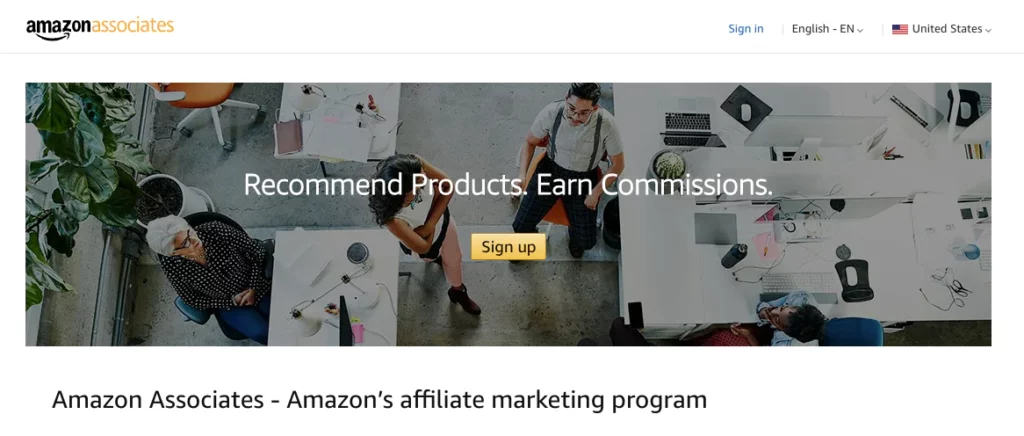
2. Fill in your information
For Amazon to properly pay your rewards, you must enter the details of your affiliate account here.
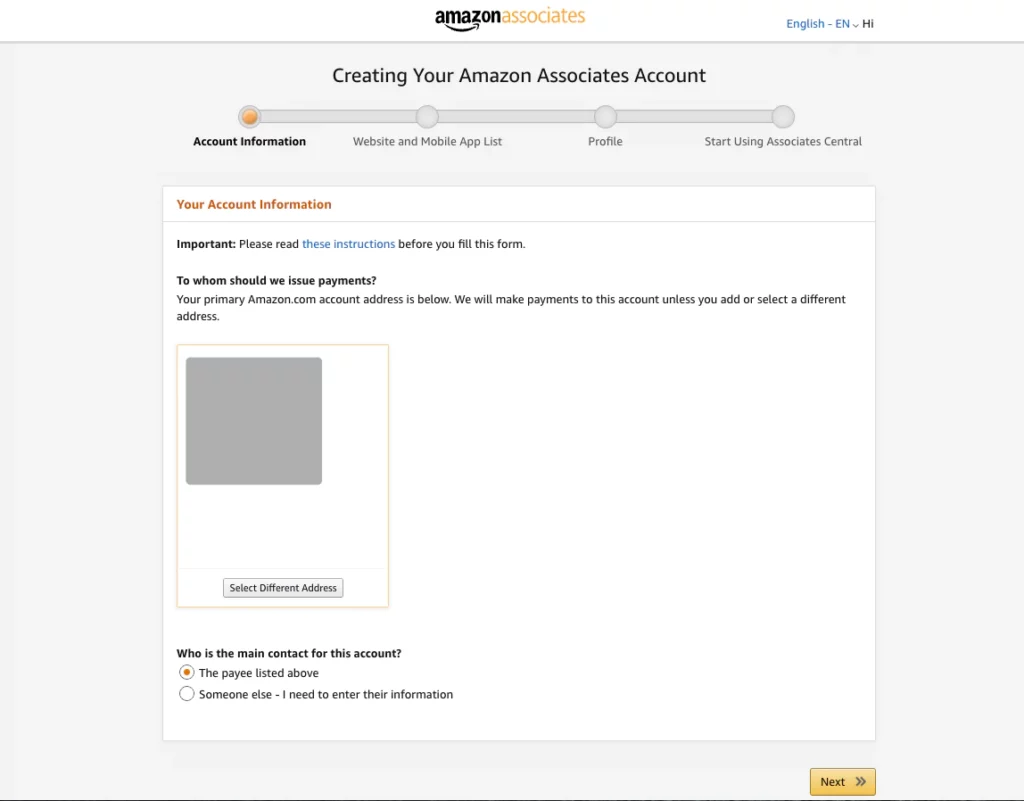
3. Add your website, mobile app, or YouTube channel
You may add up to 50 websites or mobile applications. Feel free to add any more.
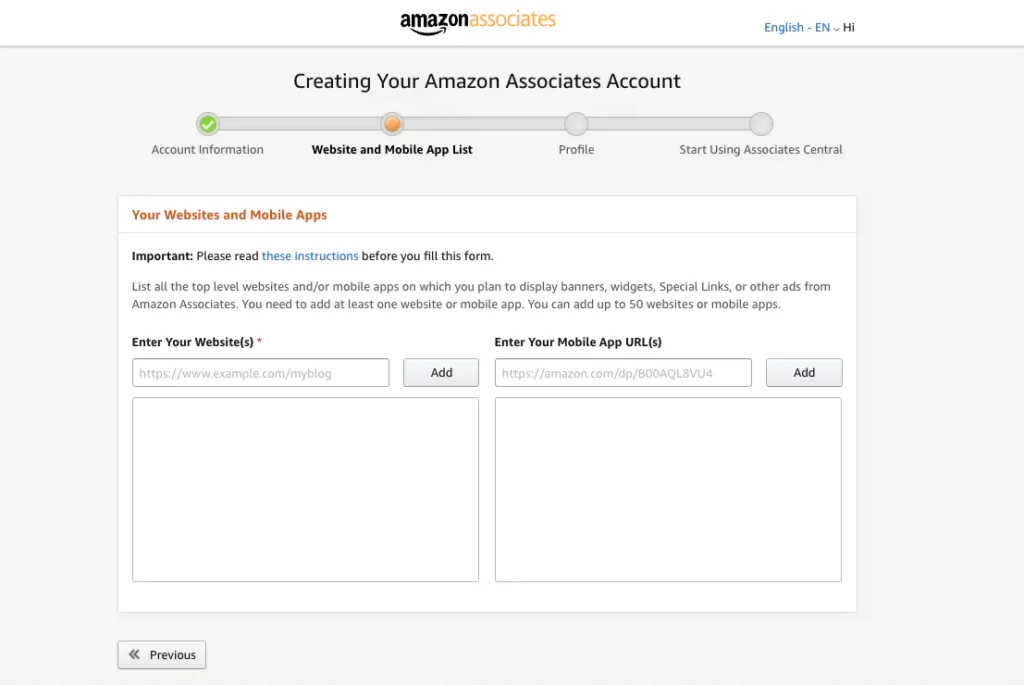
4. Set up your profile
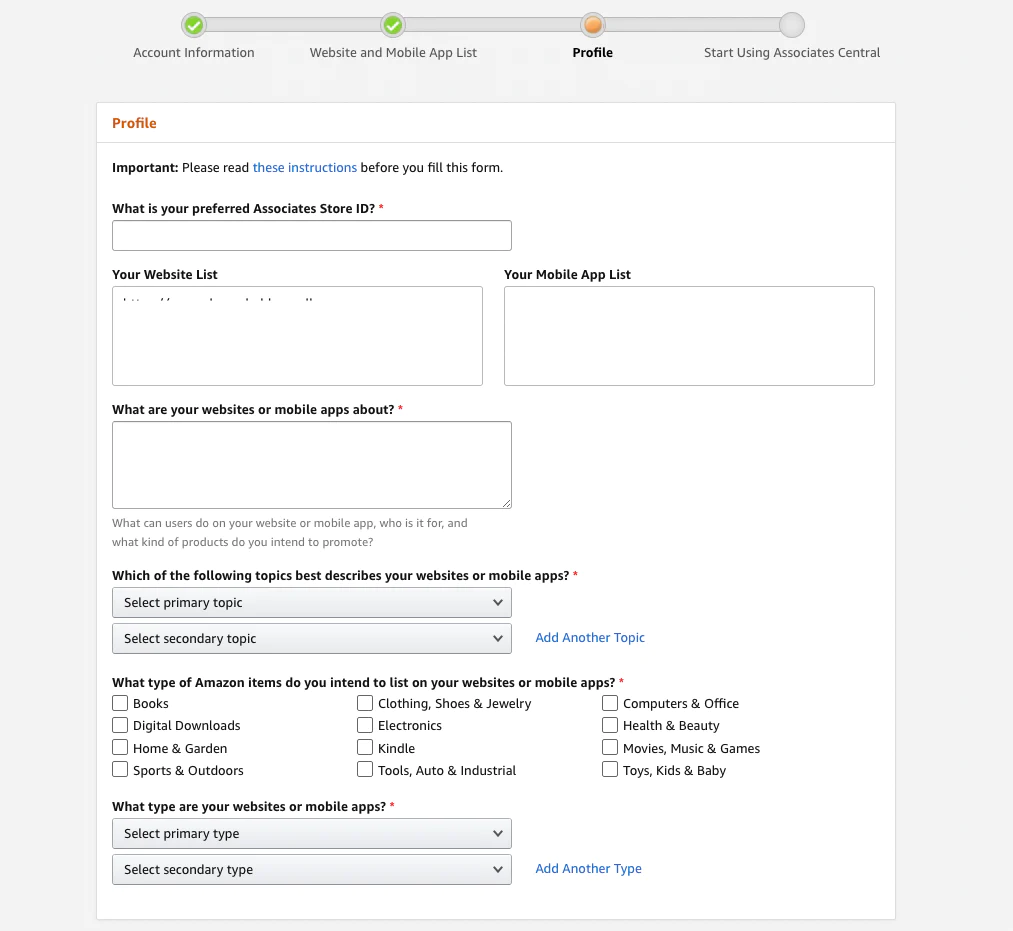
5. Explain how you drive traffic to your site or app
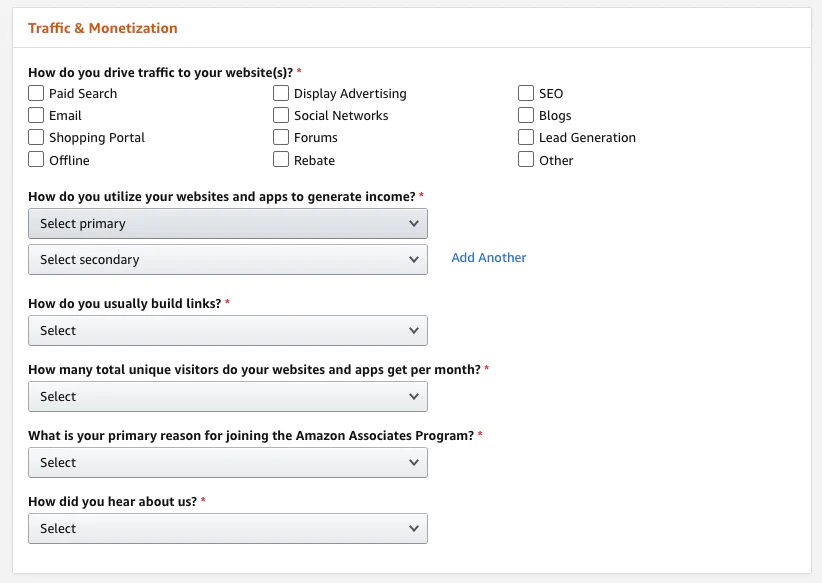
6. Add your tax and payment information and start with amazon associates
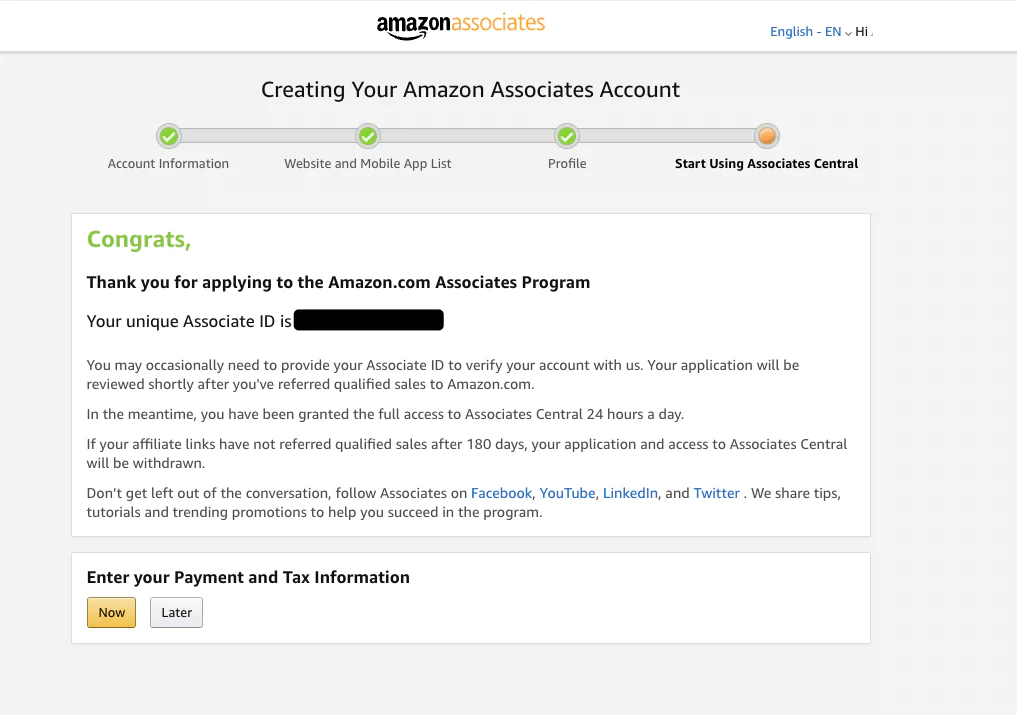
Marketing tips to boost income in promote Amazon affiliate links?
What happens now that you’ve applied to become an Amazon associate? You’ll need to plan if you want the Amazon affiliate program to be successful.
Here are some key marketing tips to boost your affiliate income:
- Find a niche
- Create original content
- Invest in SEO
- Run paid ads
- Run an email list
Find a niche
In order for customers to make a purchase, just like with any brand strategy, you must persuade them that you are the ideal solution. By securing a position in a specialty, you do that. A niche is an area of the market that is isolated by its own requirements and expertise. As an affiliate marketer, it becomes your area of expertise.
People wouldn’t know what kind of website it is (and are less likely to locate it in a Google search) if you offered a random array of things on your website.
Focus on a specific product category or topic to build expertise. Some popular niches include finance, travel, beauty, health, etc. Niches allow you to target content and marketing to your audience.
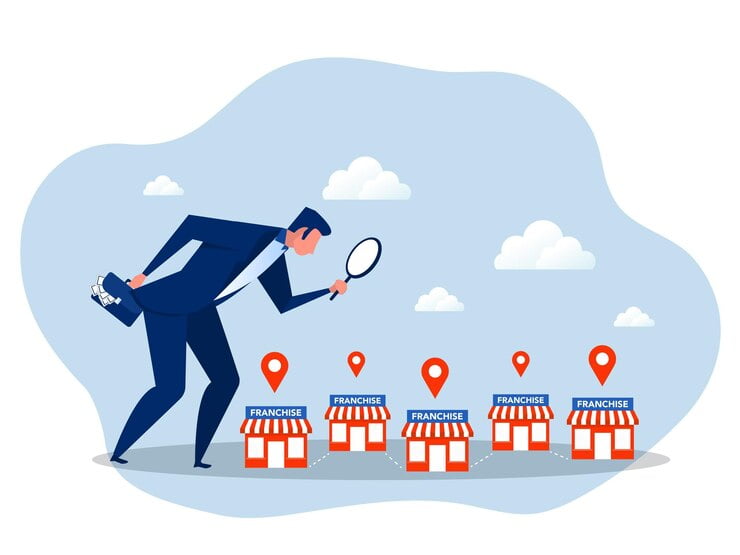
Here are some suggestions to find a niche for your business or product:
- Identify your passions and interests. Often the niches that are most successful are ones that leverage your personal expertise, knowledge or enthusiasm for a particular subject. What topics do you love discussing or working with?
- Detect trends. Look for emerging new trends in technologies, topics, lifestyles or customer segments. Successful niches frequently ride the wave of a new or maturing trend. Things like streaming media, protein powders, craft beers, plant-based food, etc.
- Solve problems. The best niches address a specific customer pain point or frustration. Look for problems you can solve or do better than existing solutions. Mobile apps, productivity tools, financial advisors, etc.
- Target underserved segments. Identify segments of customers that are underserved or neglected. These niches often lack competition so you can build a devoted customer base. Pet food for chilli dogs, golf clubs for left-handed swingers, etc.
- Leverage expertise. Determine areas you have specialized knowledge or skills. Things like medical equipment, tax preparation, financial auditing, language translation, ecommerce consulting, etc.
- Meet a need for community. Look for groups of people who have a shared interest, passion or identity but lack a strong community or staging ground to congregate. Woodworking, vegan, home brewers, etc.
Create original content
You are well aware of the value of original content as an internet business owner. With followers, it helps you stand out, establish credibility, and cultivate trust—all qualities necessary for effective affiliate marketing.
Publish blog posts, videos, social media posts, email courses, infographics, quiz, tools, checklists, etc. on your website and across platforms like YouTube, Instagram, Facebook, and TikTok. Consistent, high-quality content attracts traffic and grows your authority.

Here are some tips for creating original content:
- Identify areas or topics that you have expertise or passion in. This could be a hobby, profession, subject you studied in school, etc. Creating content on topics you know well will allow you to provide unique perspectives and value to your audience.
- Ask questions and solve problems. Look for questions people are asking or problems they’re trying to solve and share advice, recommendations or step-by-step solutions. This type of highly useful content performs very well online.
- Curate and commentary on trending news and topics. Take current events, news stories, popular social media topics, etc. and provide your perspective or commentary on them. Share insights, opinions or analysis that people can’t easily find elsewhere.
- Research and highlight interesting statistics, facts, case studies or stories. Look for eye-opening information, stories of success or failure, case studies, interesting facts, statistics, or other data that illustrates important concepts or lessons.
- Use visuals like photos, videos, illustrations, podcasts, etc. Any topic can be explored using visual media in addition to written content. Look for ways to show rather than just tell your audience about ideas, expertise, personalities, places, hobbies, etc.
- Get feedback and input from others. Once you have an idea for original content, get reviews from colleagues or friends outside your field. Ask if the content would be interesting and useful to them or if any changes should be made to improve the concepts or presentation. Fresh perspectives can help strengthen your content.
Invest in SEO
Search engine optimization (SEO) is the process of improving the ranking of websites in organic search results. SEO aims to increase traffic to a website by optimizing content and keywords to rank higher in search results. Optimize your pages with important keywords, internal links, eye-catching titles/meta descriptions, high-quality backlinks, and run SEO audits. Better Google rankings mean more referral traffic and sales.
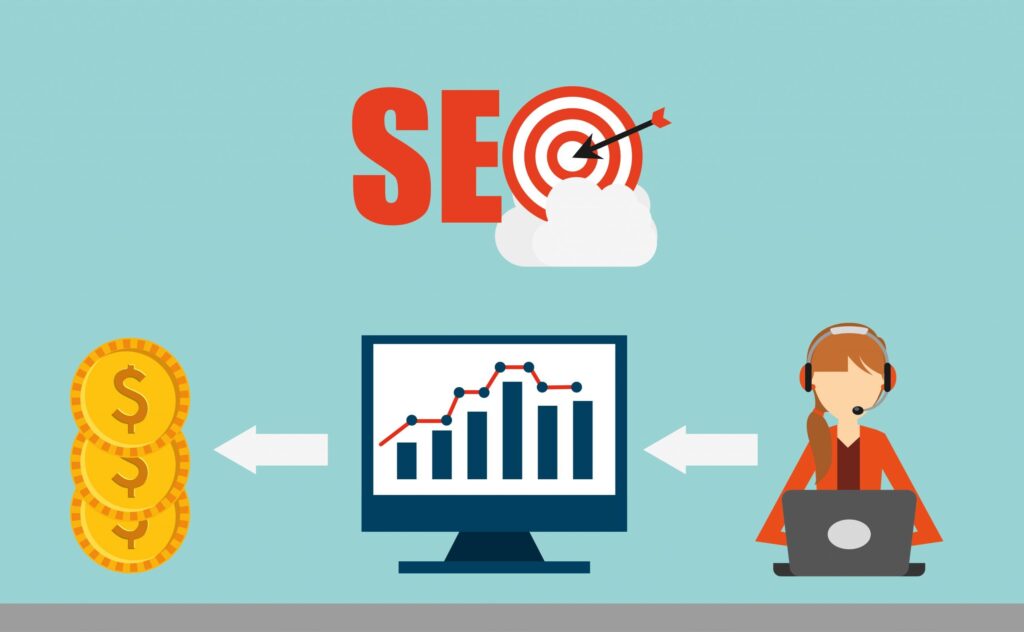
The core goals of SEO are:
- Improve traffic. The primary goal of SEO is to generate more high-quality traffic to a website from search engines like Google. By ranking for important keywords, SEO can drive targeted traffic that converts into customers, clients or users.
- Increase visibility. SEO improves a website’s visibility by optimizing pages to rank higher in search results pages (SERPs) and make it easier for potential visitors to discover content. Higher search visibility leads to increased brand awareness and domain authority over time.
- Improve credibility and authority. As a website establishes itself as an authority in its industry or subject matter through SEO, it gains more credibility which boosts trust and keyword ranking potential. Strong SEO produces a virtuous cycle of higher visibility, credibility and optimization opportunities.
- Optimize user experience. SEO should enhance the experience for both searchers and website visitors. By optimizing content for the problems and questions that searchers have, SEO delivers experience and value that keeps people coming back.
Some key things to know about SEO:
- SEO focuses on search engines like Google, Bing and Baidu. Google is by far the most important for SEO given its large market share.
- SEO requires an ongoing effort and optimization. The strategies and factors that improve SEO evolve frequently, so continuous progress is needed to stay ranked well.
- On-page optimization optimizes content and pages. Off-page optimization builds high-quality links and authority. Both types are important for SEO success.
- On-page SEO includes page titles, content length, keyword usage, meta descriptions and site architecture. Off-page SEO includes link building, outreach and domain authority.
- Technical SEO includes site architecture, sitemaps, robots.txt files, responsive design and URL structure. These help search engines crawl and index websites.
- SEO metrics include search traffic, rankings, keywords ranked for, backlinks, impressions and conversions. Tracking metrics drives insights to continue improving SEO.
- SEO works best when optimized for user experience, credibility and long-term keyword potential – not just quick wins. A balanced SEO strategy produces the best, sustainable results.
Run paid ads
Paid ads, also known as advertising or programmatic advertising, allow you to promote your website, products, or services to target audiences. Rather than relying solely on organic traffic and visibility, paid ads ensure that more people learn about what you offer through a paid advertising budget. Paying for advertising helps raise traffic and boost conversions. Options include Google Ads, social media ads, influencer collaborations, email marketing, sponsoring podcasts, and more. Undiminished advertising and optimization together drive the most impact.

Some of the main benefits of running paid ads include:
- Increased traffic. Paid ads are an effective way to drive more qualified traffic to your website by promoting important content, product pages or landing pages. You can specify the volume, timing and characteristics of traffic you need.
- Higher brand awareness. By running ads, you gain visibility and exposure for your brand messaging, logo or product in social media feeds, search results pages and other areas where your audiences spend time online. Increased impressions and mentions help build recognition over time.
- More conversions. Paid ads directly influence more people to take action by contacting you, subscribing to a list, purchasing a product or using your services. Paying for targeted ad spend leads to a higher volume of high-quality conversions.
- Customer engagement. Show ads both broaden the reach of your business and allow for more interaction with potential customers as they view and click your ads. Engagement translates to audience interest and affinity for what you offer.
- Fast optimization. Paid ads allow you to quickly adjust strategies and make changes to campaigns based on measured performance. Changes like edits to ad copy, swapping image creative, adjusting bids, adding placements, tweaking audiences and more can positively impact results within minutes.
- The main types of paid advertising include search ads (Google Ads), social media ads (Facebook Ads), display network ads, video ads (YouTube Ads), mobile ads, and directory listings. Running ads successfully comes down to proper planning, creating high-impact creative, selecting the right objectives and placements for your goals, honing audiences, optimizing bids, and consistently improving based on metrics.
Run an email list
An email list allows you to stay in regular contact with your readers, followers and customers. By building an engaged email list, you develop loyal brand advocates who trust your recommendations and continue interacting with your content over the long run.
Promoting Amazon affiliate links to your email subscribers is one way to earn commissions through their continued engagement with and trust in your brand. However, sharing too many sales-focused messages or links can cause subscribers to perceive you as an overt salesperson, damaging relationships and trust, or even causing people to unsubscribe.

Some key things to keep in mind when promoting affiliate links to your email list:
- Build your list first. If you don’t already have an email list, start one by adding a signup form to your website and using an email marketing service to manage subscribers and send newsletters/promotions. Encourage people to subscribe by providing value-adding content and resources in your emails. A larger, loyal list will lead to more success promoting affiliate links.
- Share links strategically. Only include affiliate links in some emails, not every single message. Too frequent of sales-focused emails will damage how subscribers view your content and recommendations over time. When sharing links, provide the same honest, helpful recommendations throughout your other content. Be transparent that links lead to commissions.
- Highlight top-earning links. If certain links have been generating good traffic and sales, mention them again in specific promotions. Your subscribers have already shown interest in those types of recommendations by engaging with past content on the topic, so they may be more likely to click links and generate more commissions.
- Include links in useful roundups/tools. Regular roundup emails on topics like back-to-school must-haves, best gifts for her/him, Black Friday deals, productivity tools and more provide context for recommending useful products with links. Readers view roundups as resources to benefit from, so links will seem very helpful rather than sales-focused.
- Track link performance and optimize. Review how many clicks and sales each link generated to see what’s working and how to improve for next time. Some links may significantly outperform others, so highlight top links again in the future. You might also test alternative links for similar products to provide more options and boost results via optimization. Ongoing tracking leads to bigger commissions over the long run.
Earn more with Amazon today
the Amazon affiliate program allows you to earn money by promoting Amazon products and services to your audience. As an affiliate, you choose high-quality products to recommend, generate custom links for each product, and place those links throughout your content and marketing to drive targeted traffic and sales.
building trust through helpful recommendations, earning commissions through linked sales and ongoing optimization of your approach—the Amazon affiliate program has the potential for a very rewarding partnership when conclusions are implemented strategically and in line with best practices, When done right, promoting Amazon affiliate links can be an effective way to boost commissions through increased traffic and trust in your brand over the long run.
FAQ
How do I become an affiliate marketer for Amazon?
- Sign up by visiting the Amazon Associates website.
- Enter the required information.
- Add your website, YouTube channel, or mobile app.
- Set up your affiliate profile.
- Show how you drive traffic to your site.
- Add your tax and payment information and start with amazon associates
How much do Amazon affiliates make?
On average, most Amazon associates make $50 to $500 per month. Top earners make $3,000 to $10,000+ per month. Some examples of average and top earnings include:
- Bloggers: $50-500/month. Top earners make $5,000-10,000+/month.
- YouTubers: $200-2,000/month. Top YoutTube affiliates make $10,000+/month.
- Online course creators: $500-3,000/month. Top course creators make $25,000+/month.
- E-commerce store owners: $1,000-5,000/month. Top stores make $20,000+/month from commissions alone.
Do I have to pay any fees to join the Amazon Affiliate Program?
No, the Amazon Affiliate Program is free to join and there are no monthly or yearly fees. The only costs are the time and effort you put into building your website, attracting traffic, and promoting products. Amazon charges no signup or membership fees.
Will I earn commissions on all products?
No, not all products qualify for commissions. Exclusions include:
- Amazon gift cards
- Magazine subscriptions
- Amazon Prime memberships (you earn a flat fee instead)
- Wine products
- Rental or recurring subscription services
- Pre-order items
- Wireless service contracts
- Any products prohibited by law
In addition, Amazon can exclude other products at their discretion. The specific commission rates and product eligibilities may change over time. But Amazon will notify affiliates of any updates to the agreement.
What happens if a reader clicks my link but doesn't buy anything?
Nothing happens if a reader clicks your affiliate link but does not make a purchase or take another commission-eligible action. You will not earn a commission. You only earn a commission if the reader actually completes a sale or signs up for a program like Amazon Prime within 24 hours of clicking your link. Just generating traffic to your links is not enough. You need to convince readers to actually buy or sign up to earn your commission.


